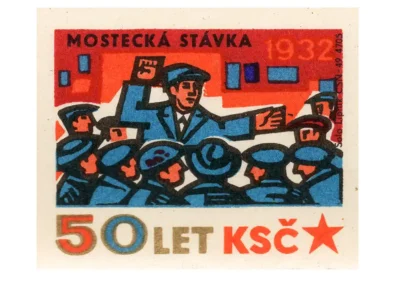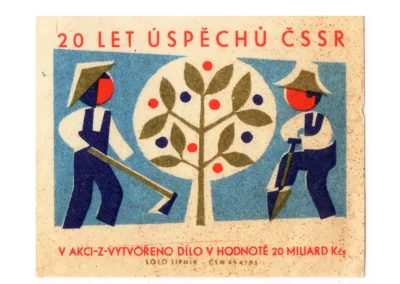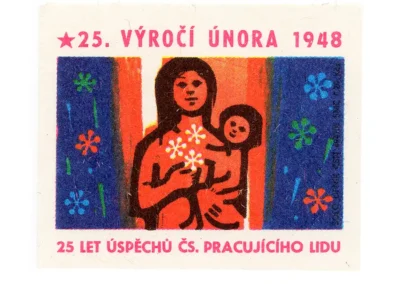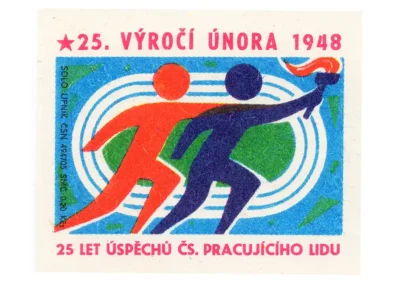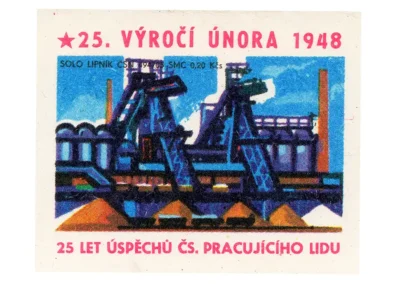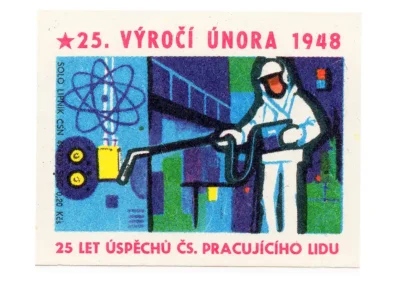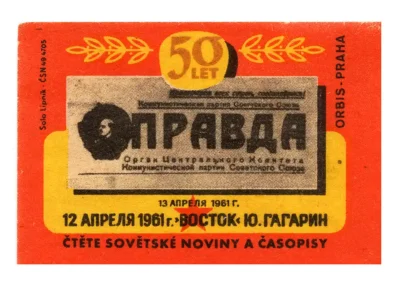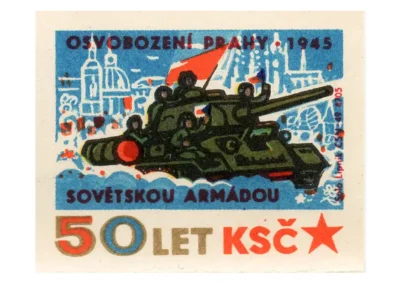The Czechoslovak Socialist Republic (ČSSR) was a key chapter in the history of Czechoslovakia, representing the country’s period under communist rule from 1948 until the Velvet Revolution in 1989. This era was marked by the transformation of Czechoslovakia into a satellite state of the Soviet Union, following the communist coup in February 1948, which led to the establishment of a one-party state under the leadership of the Communist Party of Czechoslovakia (KSČ).
The Ninth-of-May Constitution, enacted in 1948, was a pivotal moment that declared the country’s transition to socialism. This constitution initiated extensive nationalization, effectively eliminating the private sector and placing all major industries and agricultural enterprises under state control. The economy was centrally planned, with an emphasis on heavy industry, and the Czechoslovak economy became tightly integrated into the Soviet-dominated Council for Mutual Economic Assistance (Comecon).
In the early years, the ČSSR experienced rapid industrial growth, especially in Slovakia, which saw substantial increases in production and employment. However, this growth was achieved at the expense of agricultural productivity and general living standards, as resources were disproportionately allocated to industry. The quality of goods produced was often poor, and the emphasis on quantity over quality led to inefficiencies throughout the economy.
Politically, the ČSSR was characterized by strict authoritarianism, with frequent purges of the Communist Party to eliminate perceived threats to the regime. The most notorious of these was the Slánský trial in 1952, where prominent Communist leaders were accused of conspiracy and treason, leading to executions and long prison sentences. The Stalinist period in Czechoslovakia was marked by widespread repression, including show trials and labor camps for political dissidents.
The most significant challenge to the regime came in 1968 during the Prague Spring, a period of political liberalization initiated by the reformist leader Alexander Dubček. Dubček’s efforts to introduce “socialism with a human face,” including greater freedom of expression and political pluralism, were met with strong resistance from the Soviet Union. In August 1968, Warsaw Pact troops invaded Czechoslovakia to crush the reforms, leading to a period known as “Normalization” under the leadership of Gustáv Husák, who reversed the Prague Spring reforms and reinstated hardline communist policies.
The ČSSR remained under Soviet influence until the Velvet Revolution of 1989, when mass protests and political changes led to the peaceful transition to a democratic government. In 1990, the ČSSR was renamed the Czech and Slovak Federative Republic, marking the end of the socialist state and paving the way for the eventual peaceful dissolution of Czechoslovakia into the Czech Republic and Slovakia in 1993.
The legacy of the Czechoslovak Socialist Republic is complex, encompassing both the achievements of rapid industrialization and the deep scars of political repression. Its history remains a critical part of understanding the broader dynamics of the Cold War in Central and Eastern Europe.
